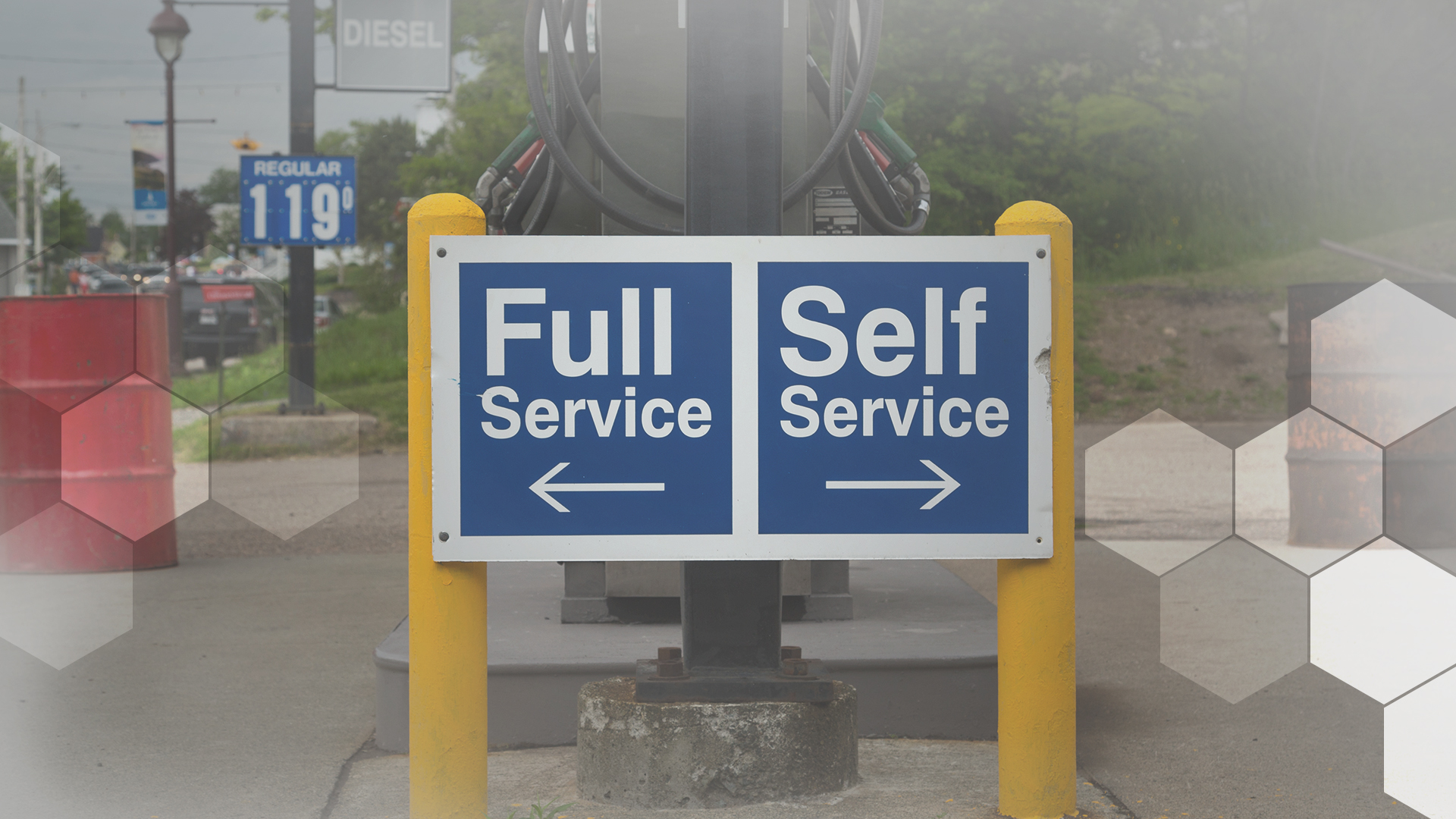Human beings are strange creatures. We like to figure things out on our own, but we also like to be guided through tough tasks. But when it comes to SaaS, which is the preferred method?
By definition, software as a service (or SaaS, as it prefers to be known), is about delivering a service of the software kind. For this blog, we want to focus on the service part. Particularly, self-service.
Before we go on. We’re not talking about the self-service sales model here. We’re saving that for a future article. No, we’re talking about empowering your customers to help themselves through a saas platform.
According to our friends at Zendesk, self-service is the fastest and most cost-effective way to handle customer support.
Let’s see why that is, shall we?
Self-service reduces frustration all round
Self-service saves time and reduces frustration for customers as well as your support agents.
For customers, it reduces their waiting time and eliminates the need to pick up the phone – always a win. By being able to pinpoint the exact problem in a troubleshooting guide or knowledge base, customers can solve their own problems quickly.
Self-service also helps your support team as their time isn’t wasted on silly issues (ask your desktop support agent how many times he’s had to tell someone to turn something on and off again) and allows them to concentrate on more important tasks and crucial troubleshooting.
This also reduces the waiting time for customers who really do need support.
It’s a circle of win.
Think like a customer through saas software
Doing a customer journey mapping exercise allows you to understand how your customer experiences your software and website. Combining this with a heat map will show you exactly how they experience it.
You should be left with a pretty good idea of where they look for information and what their pain points are.
Having a clearly identifiable knowledge base is key. Make it big and colourful. Link to it with a pop-up right in your software.
According to a survey conducted by Nuance Enterprise, 67% of SaaS platform users prefer self-service support, with 91% saying they would use a knowledge base.
But remember, this still leaves some customers who prefer human support. So, don’t delete that ‘Contact Support’ button just yet.
What to include in your knowledge base
The more the merrier, as they say. Go back to your customer journey and heat maps and look at how your customer experiences your software. Identify all their pain points and provide as much information as possible around those.
This can be in the form of:
- Step-by-step guides and walkthroughs with screenshots
- Video tutorials
- Technical guidelines
- Troubleshooting
Keep all your articles and guides regularly updated to ensure you’ve got all bases covered. Be sure to include categories and a search function, and do group all related content to ensure your customer’s query can be solved as quickly and painlessly as possible.
Have a look at Mozilla’s guidelines for creating a killer knowledge base.
The role of webchat as a saas solution
We won’t lie: we’re a fan of the-great-bot-battle-chatbots-vs-live-chat-which-comes-out-on-top. It’s fast, convenient and – according to several industry reports – a complete game changer.
Live chat makes it easier for customers to ask questions and get answers in real time. Plus, they can multitask while they chat to you, further reducing their frustration and saving even more time.
Another advantage of webchat is that timed pop-ups allow you to automate answers to frequently asked questions, direct customers to your knowledge base and let them know that live chat with an agent is available when they need it. Basically, you’re letting your customer know in the clearest possible terms that help is there if they need it. That’s what we call service.
Oh, btw, that Nuance Enterprise survey also reported that 71% of consumers would prefer a virtual assistant over static web pages when it comes to self-service.
So there you go.
When it comes to SaaS, self-service ticks all the right boxes for us. It’s cost-effective, saves time and reduces customer and agent frustration.
Want to read more about webchat? Find out how to get the best out of webchat for retail here.
